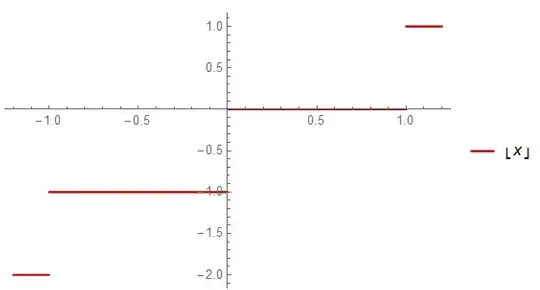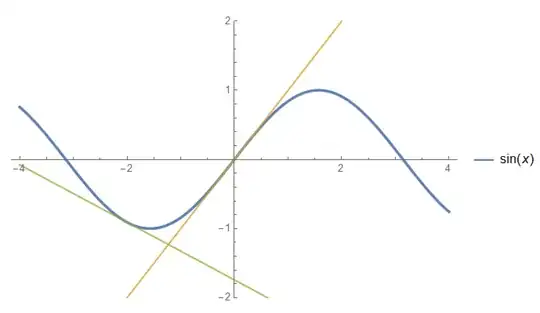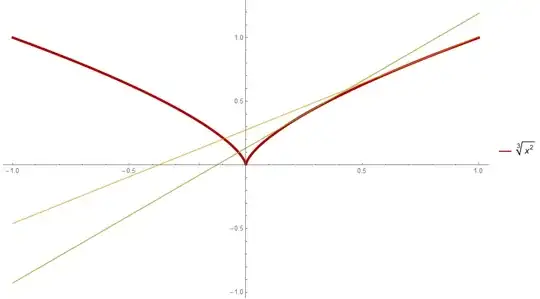Continuity indeed means sufficiently small changes in the input result in arbitrarily small changes in the output. An example is, the square function, $f(x) = x^2$ is continuous, but the floor function (largest integer less than or equal to $x$) $f(x) = \lfloor x \rfloor$ is not continuous, as can be seen by:


On the graph of $f(x) = x^2$, we can make a change in $x^2$ as small as we want by making a change in $x$ sufficiently small.
However, on the graph of $f(x) = \lfloor x \rfloor$, if we go to $x = 1$ for example, we cannot make a change in $f(x)$ of say $0.5$ (or any value between 0 and 1) by making a small enough change in $x$.
One way to think of it graphically is that, $f(x)$ is continuous if one can draw the graph of $f(x)$ without lifting your pencil from the paper. We can draw the blue plot without lifting our pencil drawing it, but we must lift our pencil to draw the red plot because of its discontinuities.
Differentiability means that a function can be approximated by a linear function at every point. What this means is we can define a linear function at a point such that the closer we are to the point, the better our linear approximation to the function is. This is graphically seen by being able to place a tangent line to the curve, as it touches the graph at a single point, and nearby, the line is close to the function. An example is, the square function $f(x) = x^2$, or the sine function, $f(x) = \sin(x)$, but not the function $f(x) = \sqrt[3]{x^2}$.


On the graph of $f(x) = \sin x$, we can easily put a tangent line along any place on the curve. (Sort of like being able to place a ruler along the curve in a straightforward way lying on the curve)
However, on the graph of $f(x) = \sqrt[3]{x^2}$, if we go to $x = 0$, we cannot place a tangent line to the curve at this point. There is, what is called, a cusp, at $x = 0$.
Continuity and differentiability are different concepts, and should be treated as such. For example, $f(x) = \sqrt[3]{x^2}$ is everywhere continuous, but not everywhere differentiable.
What we can say in relation between the two is that differentiability implies continuity. If a function is differentiable, it is continuous. (Note, that the converse or inverse statement is not true, as $f(x) = \sqrt[3]{x^2}$ or $f(x) = |x|$ are examples)



